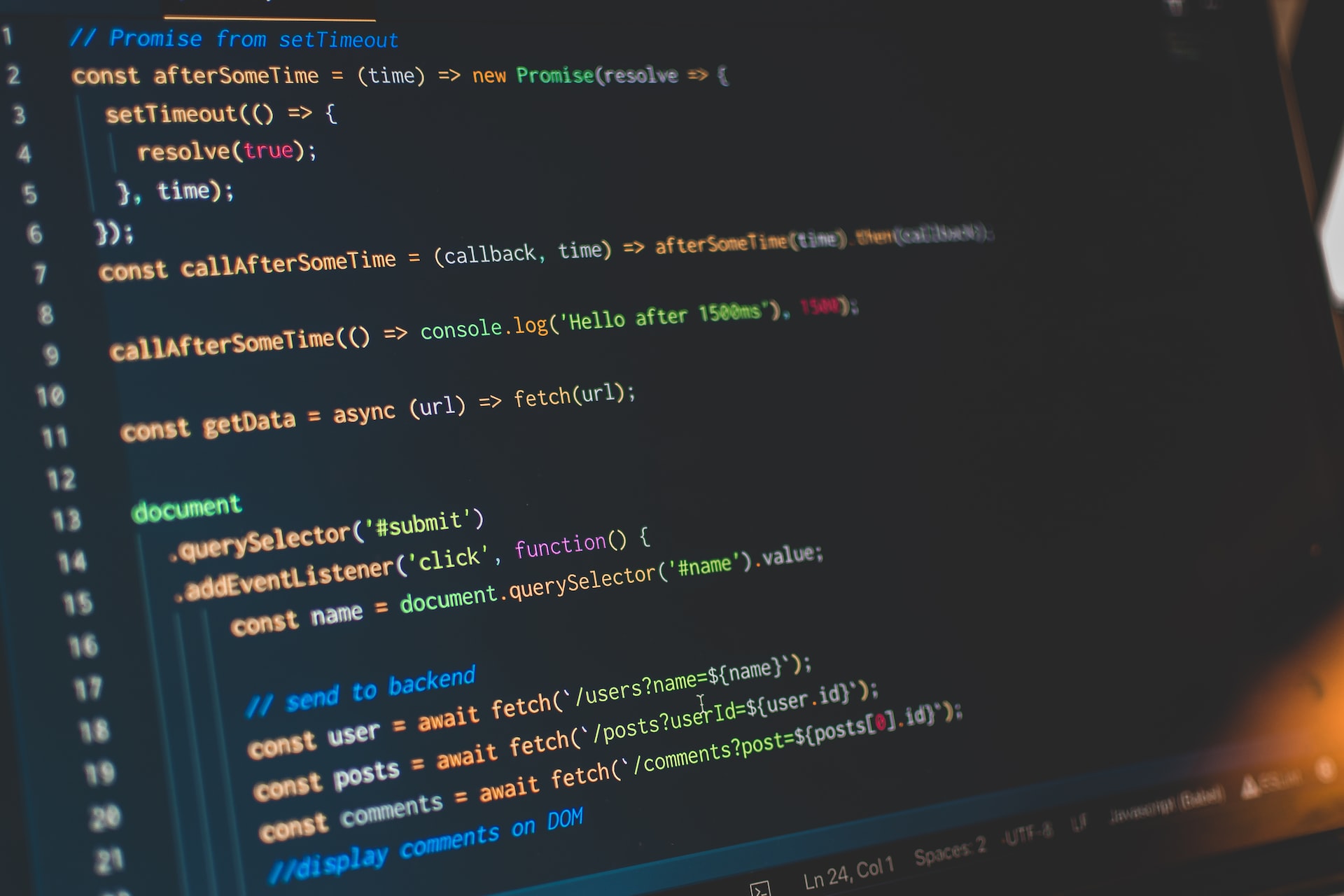WindowsNT ScreenCapture Save
A DirectX hardware video + audio capture with mixing capabilities and Media Foundation file encoding (Windows 8+)
ScreenCapture single header library for Windows
Article: https://www.codeproject.com/Articles/5256890/ScreenCapture-Single-header-DirectX-library
Features:
- DirectX hardware screen capture and encoding
- Audio capture and mixing, multiple audio sources, can capture from speakers
- HDR support
- H264/H265/VP80/VP90/MP3/FLAC/AAC support
- Easy interface
int wmain()
{
CoInitializeEx(0, COINIT_APARTMENTTHREADED);
MFStartup(MF_VERSION);
std::cout << "Capturing screen for 10 seconds...";
DESKTOPCAPTUREPARAMS dp;
dp.f = L"capture.mp4";
dp.EndMS = 10000;
DesktopCapture(dp);
std::cout << "Done.\r\n";
return 0;
}
Where the DESKTOPCAPTUREPARAMS is this structure:
struct DESKTOPCAPTUREPARAMS
{
bool HasVideo = 1;
bool HasAudio = 1;
std::vector<std::tuple<std::wstring, std::vector<int>>> AudioFrom;
GUID VIDEO_ENCODING_FORMAT = MFVideoFormat_H264;
GUID AUDIO_ENCODING_FORMAT = MFAudioFormat_MP3;
std::wstring f;
std::function<HRESULT(const BYTE* d, size_t sz)> Streamer;
std::function<HRESULT(const BYTE* d, size_t sz)> Framer;
std::function<void(IMFAttributes* a)> PrepareAttributes;
int fps = 25;
int NumThreads = 0;
int Qu = -1;
int vbrm = 0;
int vbrq = 0;
int BR = 4000;
int NCH = 2;
int SR = 44100;
int ABR = 192;
bool Cursor = true;
RECT rx = { 0,0,0,0 };
HWND hWnd = 0;
IDXGIAdapter1* ad = 0;
UINT nOutput = 0;
unsigned long long StartMS = 0; // 0, none
unsigned long long EndMS = 0; // 0, none
bool MustEnd = false;
bool Pause = false;
};
Where:
- HasVideo = 1 -> You are capturing video. If this is set, the output file must be an MP4 or an ASF regardless of if you have audio or not.
- HasAudio = 1 -> You are capturing audio. If this is set and you do not have a video, the output file must be an MP3 or FLAC. For AAC, you must use MP4.
- AudioFrom = a vector of which audio devices you want to capture. Each element is a tuple of the device unique ID (as returned by the enumeration, see VISTAMIXERS::EnumVistaMixers()) and a vector of the channels you want to record from.
The library can also record from a playback device (like your speakers) in loopback. You can specify multiple sources of recording and the library will mix them all into the final audio stream.
- VIDEO_ENCODING_FORMAT -> One of MFVideoFormat_H264, MFVideoFormat_HEVC, MFVideoFormat_VP90, MFVideoFormat_VP80. If your display is HDR, use MFVideoFormat_HEVC._
- AUDIO_ENCODING_FORMAT -> One of MFAudioFormat_MP3 or MFAudioFormat_FLAC or MFAudioFormat_AAC. MP3 and AAC support only 44100/48000 2 channel output.
- f -> target file name (MP3/FLAC/AAC for audio only, MP4/ASF else)
- fps -> Frames per second
- NumThreads -> Threads for the video encoder, 0 default. Can be 0-16.
- Qu -> If >= 0 and <= 0, Quality Vs Speed video factor
- vbrm and vbrq -> If 2, then vbrq is a quality value between 0 and 100 (BR is ignored)
- BR -> Video bitrate in KBps, default 4000. If vbrm is 2, BR is ignored
- NCH -> Audio output channels
- SR -> Audio output sample rate
- ABR -> Audio bitrate in Kbps for MP3
- Cursor -> true to capture the cursor. Ignored if HDR.
- rx -> If not {0}, capture this specific rect only
- hWnd -> If not {0}, capture this HWND only. If HWND is 0 and rx = {0}, the entire screen is captured
- ad -> If not 0, specifies which adapter you want to capture if you have more than 1 adapter
- nOutput -> The index of the monitor to capture. 0 is the first monitor. For multiple monitors, this specifies the monitor.
- EndMS -> If not 0, the library stops when EndMs milliseconds have been captured. Else you have to stop the library by setting "MustEnd" to true
- MustEnd -> Set to true for the library to stop capturing
- Pause -> If true, capture is paused
If you add the Streamer callback, f can be empty. In this case, you have a MP4 or ASF stream in your callback. If you add the Framer callback, the library captures a screenshot (DWORD array of RGBA (or DXGI_FORMAT_R16G16B16A16_FLOAT for HDR) to the callback) until the callback returns S_OK,in which the library returns.
